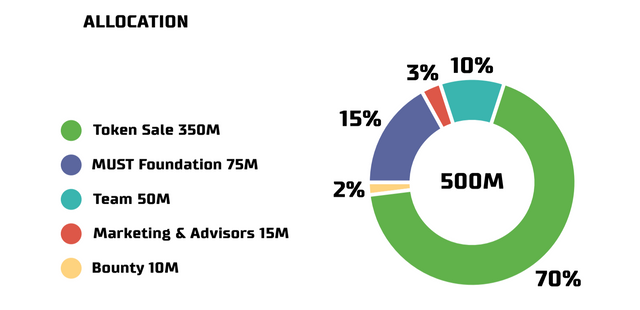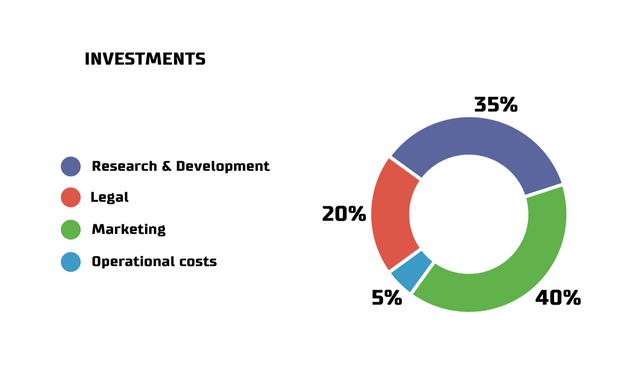MUST: Token Functions and Mechanics
The term "token" has spread long before the era of the crypto currency, but in most cases it can be described as a certain unit accepted in circulation with the consent of the system participants and bearing a certain function or value.
At the end of 2017, a cryptographic token can be safely called a phenomenon or a breakthrough of the year. The idea of tokenization, information and financial systems built on tokens became the focus of attention, processes and businesses of technology companies. The Ethereum project was the first to create an algorithm that fit into several lines of code and allows each user of the Ethereum blockchain to issue their own tokens, protected from misuse. Today, Ethereum is not the only one, but certainly the most popular tool in the global crypto community, for issuing personal coins or tokens.
The exponential growth in the number of start-ups is primarily due to the ease of project fundraising through the release of their own tokens. However crowdfunding is the most basic of the possibilities given by tokenization.
Working on the economy and the project's tokenomics, the creators of MUST, a platform for tokenizing assets of micro, small and medium-sized enterprises, set one of the goals to protect their investors from speculative actions with coins and the overall volatility of the crypto currency market after the end of the token sale.

To do this, the MUST token will become a utility-token, a functional unit, accepted for payments within the system. Practical meaning of using these coins is in the discount given to participants of MUST platform operations. By analogy with the exchange tokens BNB or HT, which are traded on Binance and Huobi exchanges, users will receive a 50% discount on commission of the MUST platform when paying for services with tokens at the initial stage. But there is a nuance - unlike BNB, the discount rate for the MUST token will increase year by year and will reach 95% in 2022.
Another factor that determines the demand and growth of the value of the tokens is their burning after use. Smart contracts of the system suggest systematic destruction of coins until their complete withdrawal from turnover in the system.
At the stage of token sale, the company starts creating a waiting list for entrepreneurs and companies wishing to attract financing through the platform. The first to access the services will be the participants holding 10 thousand tokens ($400), and the subscription fee for accessing the platform will also be charged in MUST tokens. This primary planned demand of platform participants is designed to ensure the liquidity of coins immediately after entering the stock exchanges.

ERC-223, the new standard for the Ethereum tokens used in the MUST Platform is the extension of the popular ERC-20 interface. While maintaining compatibility with the previous standard, it provides an advanced logic for processing the receipt of tokens on a smart contract, which allows the implementation of native processing of payments by means of the Ethereum platform. Moreover, the new standard excludes the transfer of tokens to contracts that do not support the receipt of MUST tokens. When using ERC-20, such transactions resulted in the loss of erroneously sent tokens. In this case, the token remained compatible with popular cold and online wallets and operating accounts of most exchanges.